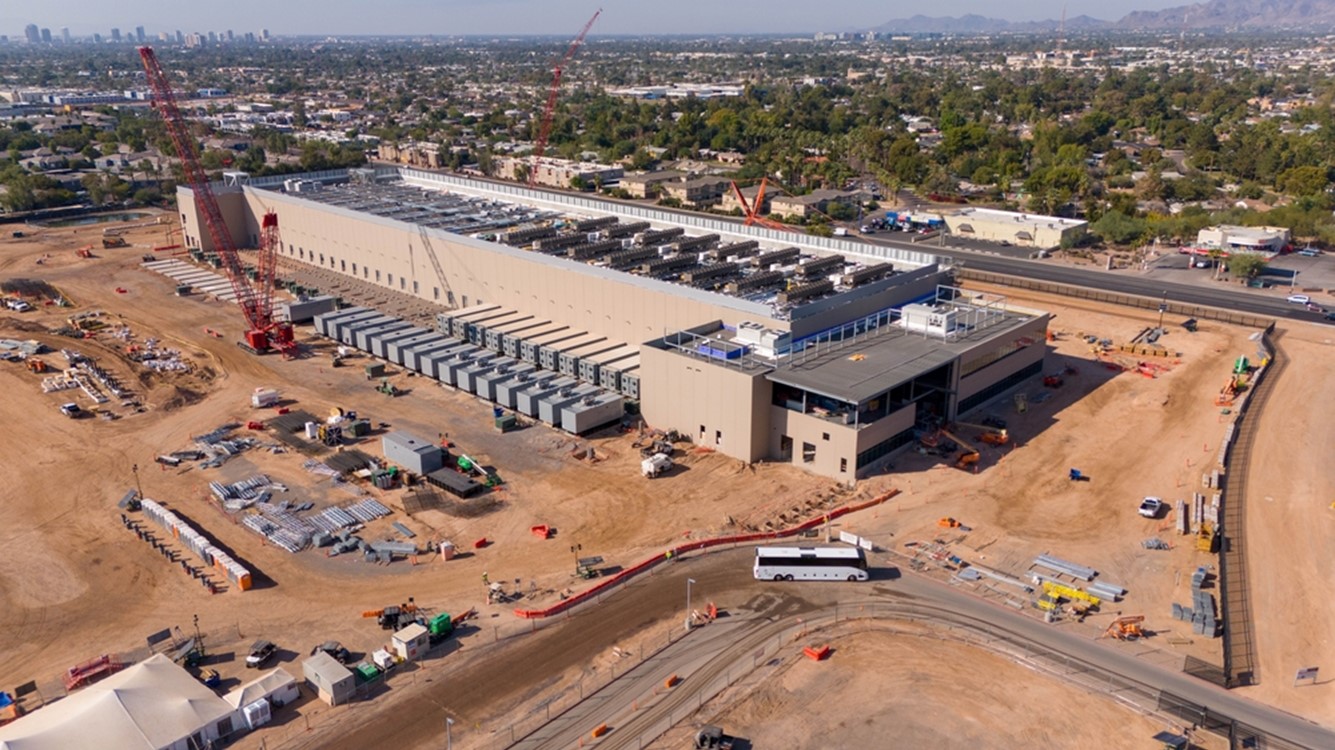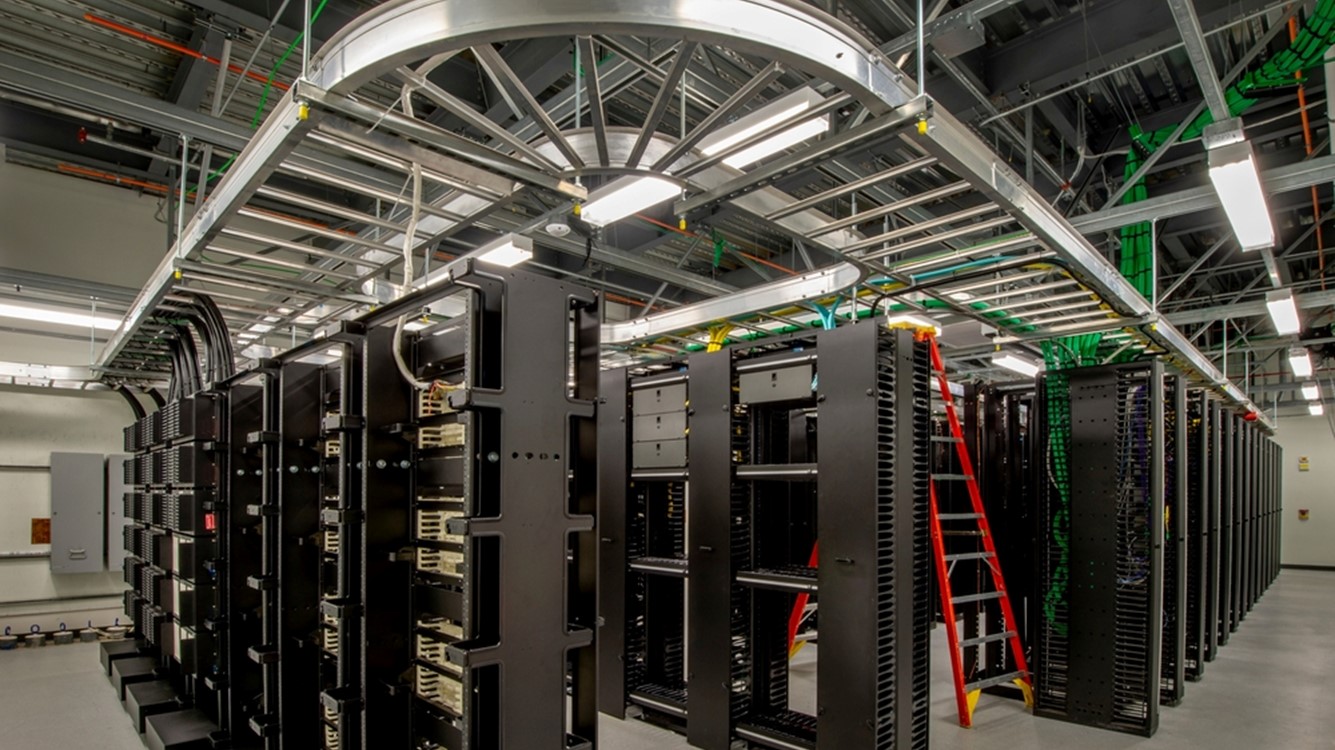Four-month high in construction spending
Inflationary risks are rising for 2025.

November 1, 2024
Construction spending rose by 0.1% in September, matching the pace of August and hitting the highest level since May. Spending is not adjusted for inflation. Private sector spending was flat while public sector spending jumped 0.5%. Total construction spending was 4.6% higher than a year ago, while input costs for the construction sector were 0.9% lower than a year ago, thanks in part to falling energy prices.
Private residential construction increased 0.2% on stronger single-family construction; multifamily continued its downward trajectory. The pipeline for new apartments is slowing as builders work through backlogs; permits fell in September. More single-family projects are taking over on expectations for lower mortgage rates in 2025 but recent upticks in rates signal that the path to lower rates will not be smooth. Builders are on track to complete around 600,000 apartments and one million single-family homes for 2024, still below what is needed to meet pent-up demand.
Private nonresidential construction fell 0.1% in September but was still 3.5% higher than a year ago. The top two major components, power and manufacturing, fell in the month. Some of that reflects price declines rather than slower activity. Power infrastructure includes oil and gas, an area where prices have been falling. Construction on chip and battery plants came in flat for the month but 26% higher than a year ago. Data center construction hit another record high after rising 0.6% in the month. The recent boom in manufacturing and data center facilities construction is expected to continue into 2025.
Public construction spending rose 0.5%, most of which occurs at the state and local levels. Educational facilities rose 0.3% while highway and street construction grew 0.5%. Hurricanes Helene and Milton did not hit until the end of September and early October, respectively. The rebuilding of communities hit hardest will start to show in the data next month. As evidenced by the slow rebuilding after prior hurricanes, some communities may not rebuild at all, pushing the residents to simply leave. Much depends on the level of aid available from governments and insurance companies. The need for workers and equipment in the hardest hit places will sap resources from other regions at a time when workers are still hard to come by.
The need for workers and equipment in the hardest hit places will sap resources from other regions.
Yelena Maleyev, KPMG Senior Economist
Bottom Line
A four-month high in construction spending signals that projects are still ramping up. The data reflect activity occurring when interest rates were falling; rates have risen since the Fed’s first cut in September on the market's expectations of fewer interest rate cuts to come. Supply-side disruptions from severe weather events, geopolitical unrest, higher tariffs and reduced immigration all pose inflationary risks for 2025. A November rate cut is still on the table, but future cuts are at risk. Infrastructure construction has been able to power through the high-interest rate environment of the past few years, but any inflationary pressures that hit margins could delay or cancel projects.
Explore more

August construction spending slowed
Supply shocks tend to compound rapidly.

KPMG Economics
A source for unbiased economic intelligence to help improve strategic decision-making.

New construction slipped in September
Labor and land shortages remain significant hurdles.
Subscribe to insights from KPMG Economics
KPMG Economics distributes a wide selection of insight and analysis to help businesses make informed decisions.
Meet our team
